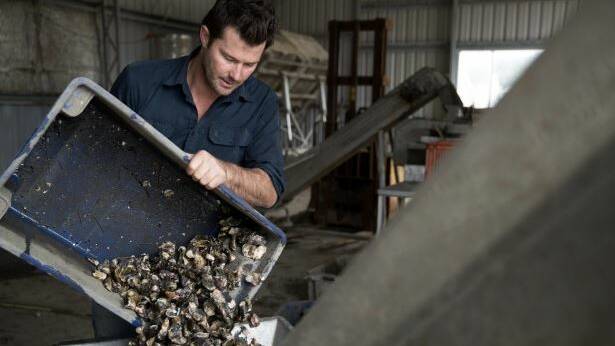

“Attempts to have interstate hatcheries spawn and supply blacklip oyster spat have been unsuccessful, so DAF’s successful hatchery production of blacklips is a truly stunning breakthrough that will save oyster farmers an enormous amount of time and effort collecting wild spat.” “My customers in Bowen say the blacklips are tastier than Sydney rock oysters and, at the moment, I can’t even come close to meeting local demand and the preference for fresh local product grown in Great Barrier Reef waters. “As someone who has also grown Sydney rock oysters and triploid pacific oysters, blacklips have proven to be an exceptional aquaculture species that compares more than favourably with their southern cousins in terms of farming and taste,” Mr Collison said. Queensland’s only commercial blacklip oyster producer, Bowen-based John Collison – a 40-year industry veteran, said blacklips were a hardy fast-growing, disease resistant oyster that was very suitable for aquaculture. “Locally produced oysters can also readily integrate into existing markets, retail outlets and supply chains and, perhaps most importantly, consumers will have greater access to fresh, delicious oysters.” “Oyster farming offers Indigenous communities the opportunity to establish a viable and culturally suitable aquaculture business that has minimal impact on the environment. “Farming blacklips and other tropical rock oysters in Queensland has an estimated production value of $72.6 million, potentially more than double the value of the barramundi industry,” Mr Furner said. Mr Furner said significant economic and social benefits from an expanded oyster industry would be directed towards Queensland’s regional coastal communities.

“This is another step toward our goal of making Queensland the aquaculture capital of the world.” “Currently, all but one of Queensland’s oyster farmers rely on production of the famous Sydney rock oyster, which can be farmed in just 15 per cent of Queensland’s coastline. “This is a game-changer for Queensland’s oyster farming industry allowing the industry to expand beyond the current South-East corner of the state through the production of blacklip oysters and other subtropical and tropical oyster species.

“Blacklip rock oysters are notoriously difficult to successfully settle in a hatchery, so this breakthrough achievement has the real potential to develop extensive farming of native tropical oyster species,” Mr Furner said. Minister for Agricultural Industry Development and Fisheries and Minister for Rural Communities Mark Furner said scientists at the Department of Agriculture and Fisheries Bribie Island Research Centre had, for the first time, successfully produced and settled 500,000 blacklip rock oysters at the centre’s bespoke oyster hatchery. Queensland Government scientists at a new oyster hatchery have laid the bed for a mouth-watering expansion of Queensland’s oyster industry.


 0 kommentar(er)
0 kommentar(er)
